FAQ - Nanotechnology
What is “nano”?
A nanometer is one billionth (10-9 or 1/1,000,000,000th) of a meter in the international system for units of weights and measure. “Nano” originated from the Greek word “nanos”, meaning dwarf. You cannot see nanometers with your eyes and thus need special tools (microscopes) to study objects with nanometer-sized features.
For more information regarding the scale, please see www.nano.gov/nanotech-101/what/nano-size
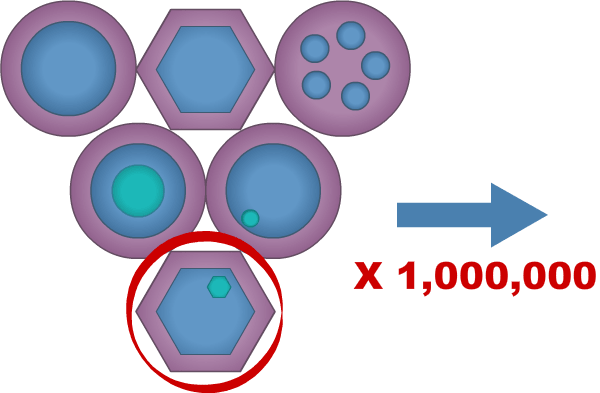
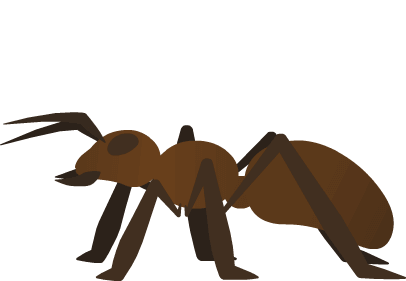
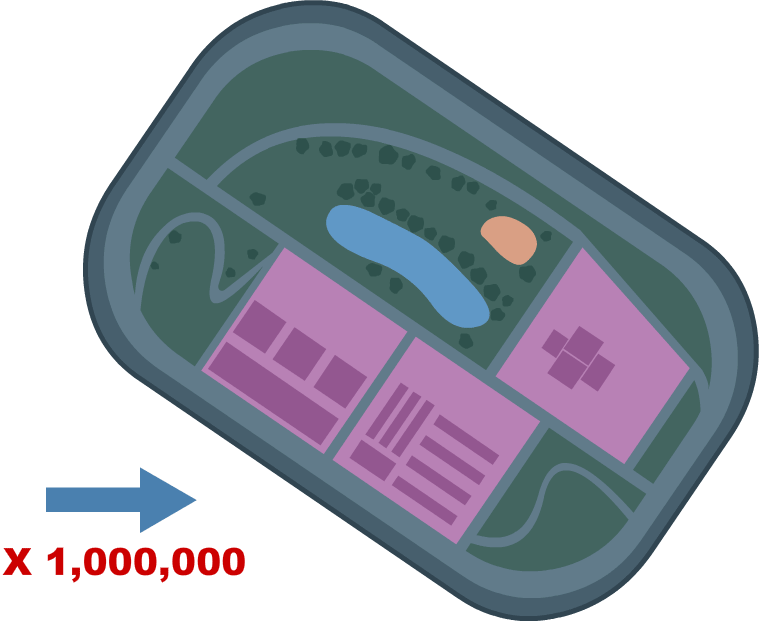
Nanoparticle
4 nanometers diameter
Ant
4 millimeters long
Indianapolis Motor Speedway
4 kilometers per lap
A nanoparticle is one million times smaller than an ant. For reference, an ant is one million times smaller than a racecar speedway.
What are nanomaterials?
Materials with at least one dimension (thickness, diameter, or radius) in the nanoscale range are considered to be nanomaterials.1
What are nanoparticles?
Nanomaterials with all three dimensions in the nanoscale range are called nanoparticles.
Nanoparticles can have various shapes (spherical, cubic, pyramidal, octahedral, etc).

What are nanoparticles made of?
Nanoparticles can be made of inorganic and organic materials. They can be designed with several components, for instance a core and a coating layer, to engineer different functionalities.
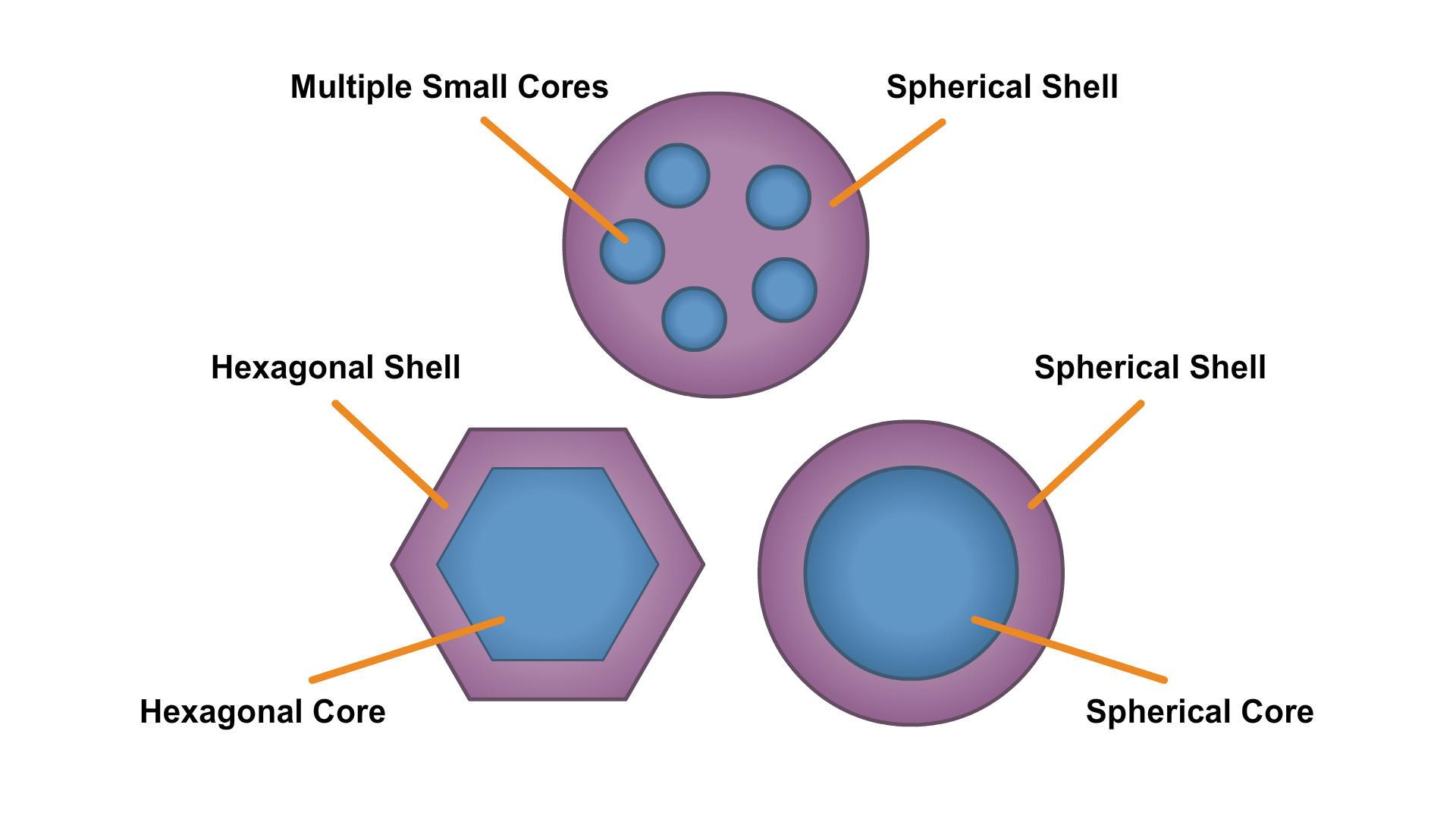
Can we find nanoparticles in nature?
Yes, for instance in volcanic ashes, smoke, fine sand, dust, and even in your body.



Volcanic Ash
Smoke
Sand

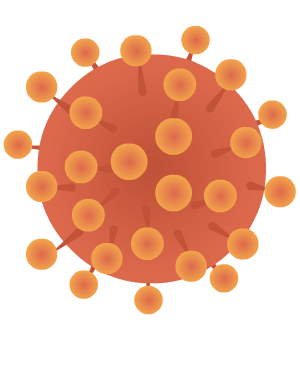
Dust
Virus
Where are nanoparticles used today?
Nanoparticles are used in many commercial products including (but not limited to) sunscreen, cosmetics, paint, fabric or clothing and shoes, pharmaceutical products, etc. More than 1,800 consumer products including nanoparticles have been introduced to the market. To learn more, visit www.nanotechproject.org/cpi/products/
In fact, in 2009 it was estimated that the impact of nanotechnologies on global economy reached about $US250 billion and was expected to reach $US3 trillion by 2020.2
Why are nanomaterials used today?
Nanomaterials exhibit novel properties (such as optical, electronic, magnetic or catalytic) due to their unique structures at the nanoscale and large surface area. This is the basis of the nanotechnology revolution. Products containing nanomaterials exploit these novel properties.
What is nanotechnology?
Nanotechnology is the development and fabrication of nanomaterials (e.g., sunscreen, cosmetics, etc.) and nanodevices (e.g., transistors in computer processors) through close collaborations amongst scientists, engineers, and industry partners from various disciplines.
References:
1Technical Committee ISO/TC 229 "Nanotechnologies" in collaboration with the Technical Committee CEN/TC 352 "Nanotechnologies” (2008).
2Roco MC, Mirkin CA, Hersam MC. Nanotechnology research directions for societal needs in 2020: summary of international study. Journal of nanoparticle research. 2011, 13(3), 897-919.